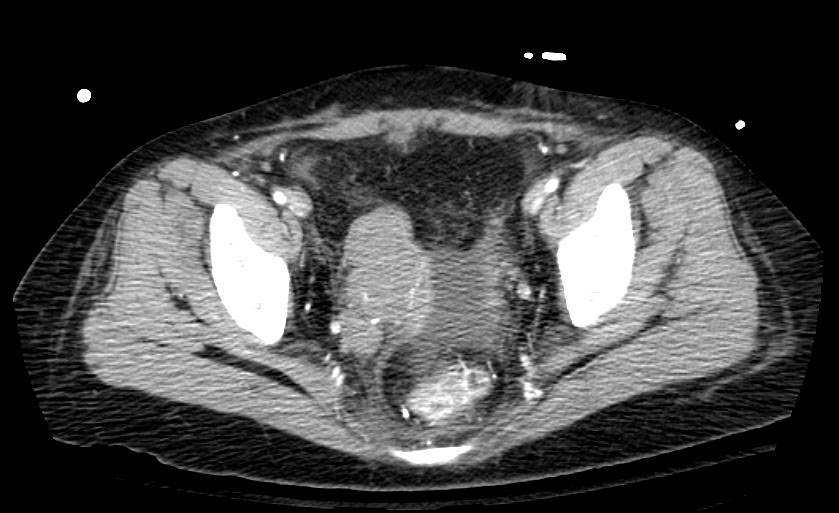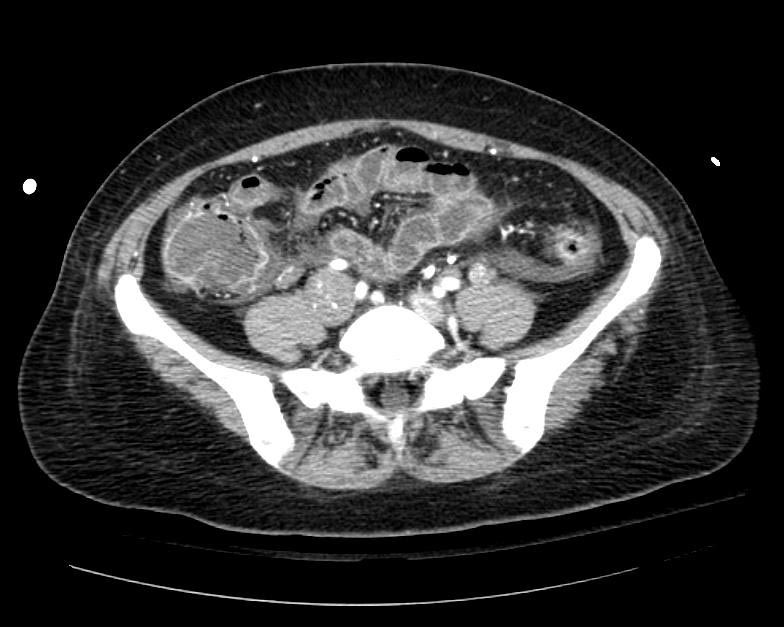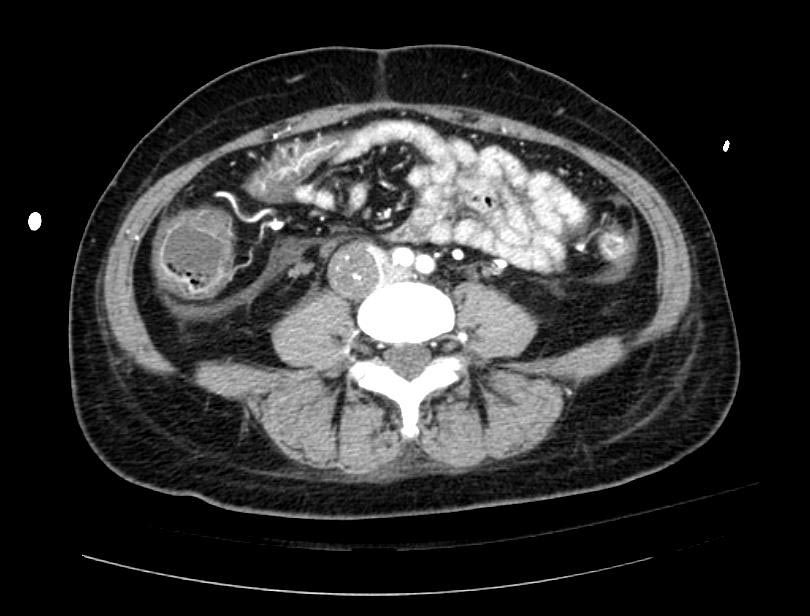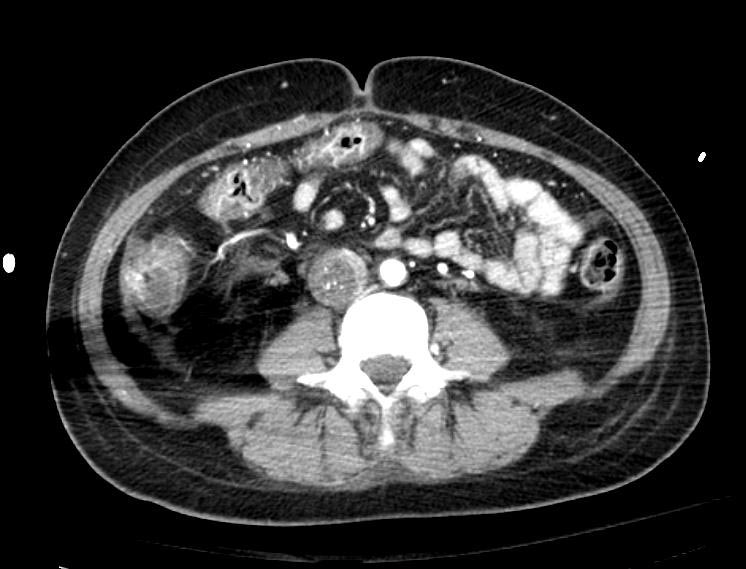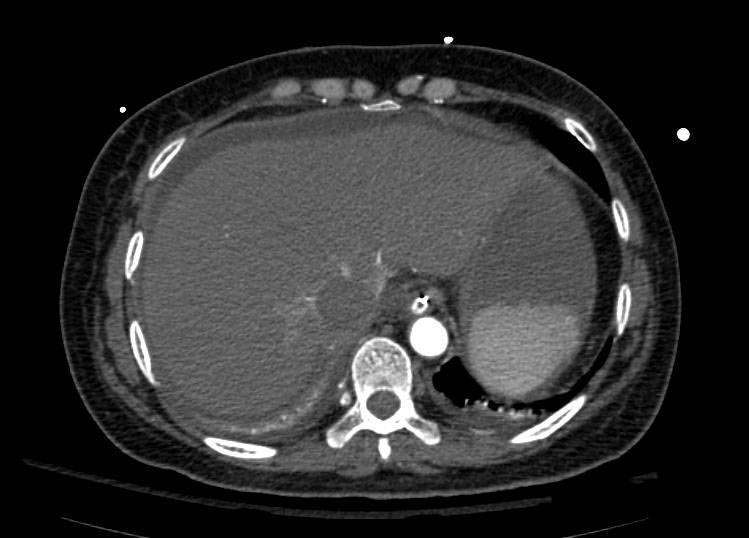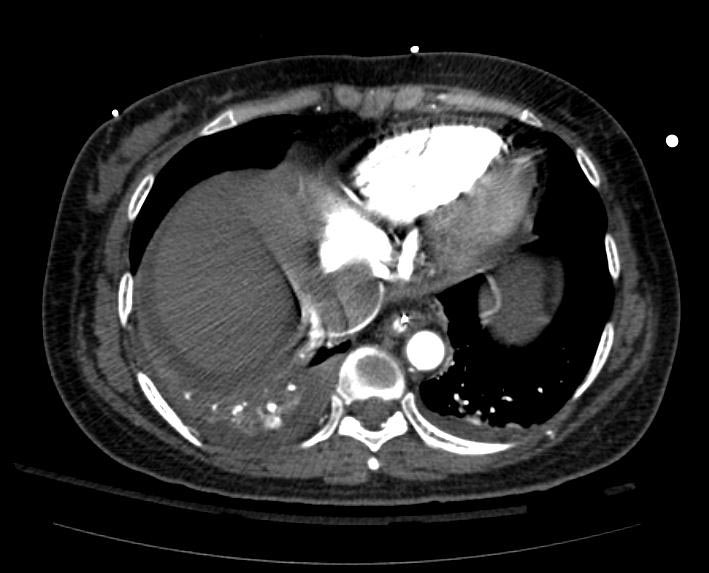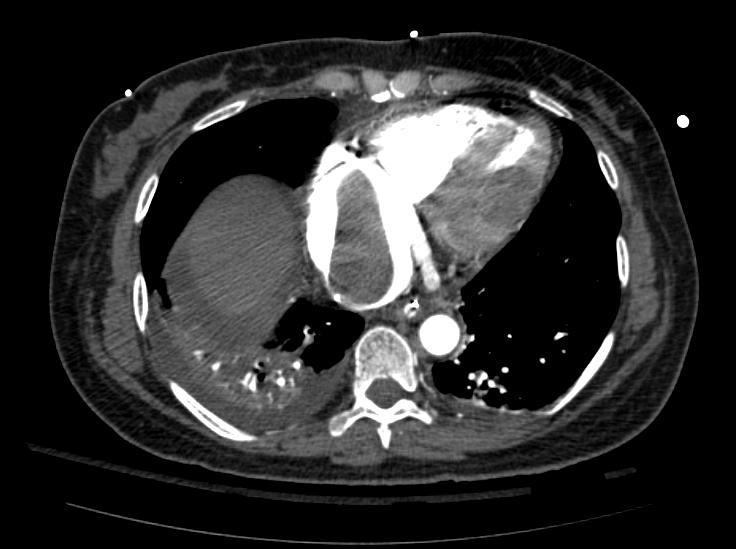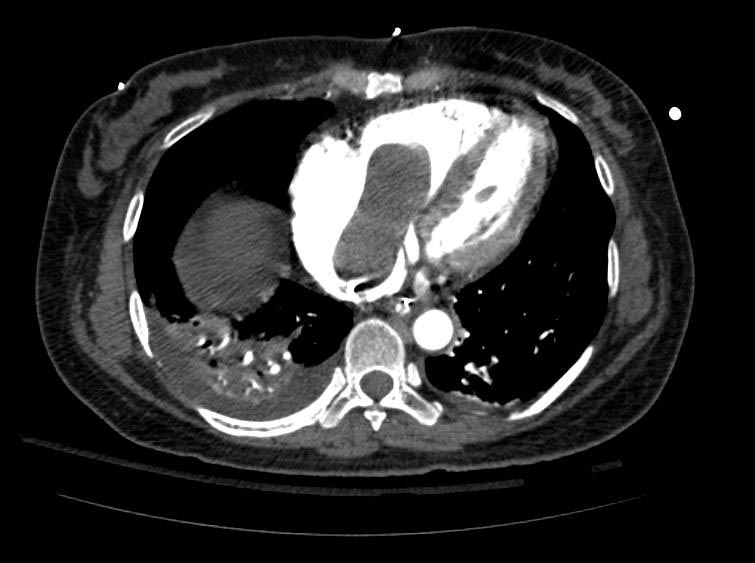Intravenous leiomyomatosis: Difference between revisions
Jump to navigation
Jump to search
No edit summary |
No edit summary |
||
| Line 16: | Line 16: | ||
==Pathophysiology== | ==Pathophysiology== | ||
*The etiology of intravenous leiomyomatosis is unclear. All described patients are female, and most are white, premenopausal, and parous. | *The etiology of intravenous leiomyomatosis is unclear. All described patients are female, and most are white, premenopausal, and parous. | ||
*Intravenous leiomyomatosis should be considered in young women with cardiac symptoms who have a right atrial mass as well as a pelvic mass or who have previously undergone hysterectomy for leiomyoma uterus with intravenous involvement. | |||
==Differentiating Intravenous Leiomyomatosis from other Diseases== | ==Differentiating Intravenous Leiomyomatosis from other Diseases== | ||
* | *Intravenous leiomyomatosis must be differentiated from other diseases such as: | ||
:*Renal malignancies | |||
:*Sarcoma | |||
:*Thrombosis of the intravenous catheter | |||
==Epidemiology and Demographics== | ==Epidemiology and Demographics== | ||
*The median age is 45 years, with patients ranging from 26 to 70 years old. | *The median age is 45 years, with patients ranging from 26 to 70 years old. | ||
*Female are affected with Intravenous leiomyomatosis. | |||
== Natural History, Complications and Prognosis== | == Natural History, Complications and Prognosis== | ||
*Common complications of Intravenous leiomyomatosis include embolization, recurrence of tumor, and metastasis. | *Common complications of Intravenous leiomyomatosis include embolization, recurrence of tumor, and metastasis. | ||
Revision as of 20:14, 14 April 2016
Editor-In-Chief: C. Michael Gibson, M.S., M.D. [1]
Associate Editor-In-Chief: Cafer Zorkun, M.D., Ph.D. [2]; Ammu Susheela, M.D. [3]
Synonyms and keywords: Nesidioblastoma
Overview
- Intravenous leiomyomatosis (IVLM) is characterized by the extension into venous channels of histologically benign smooth muscle tumor arising from either the wall of a vessel or from a uterine leiomyoma.
- Fewer than 100 cases have been reported in all, and only 14 cases involved intracardiac extension from the IVC.
- In one reported case, this slowly growing invasive neoplasm extended not only into the heart but into both pulmonary arteries as well. [1]
Pathophysiology
- The etiology of intravenous leiomyomatosis is unclear. All described patients are female, and most are white, premenopausal, and parous.
- Intravenous leiomyomatosis should be considered in young women with cardiac symptoms who have a right atrial mass as well as a pelvic mass or who have previously undergone hysterectomy for leiomyoma uterus with intravenous involvement.
Differentiating Intravenous Leiomyomatosis from other Diseases
- Intravenous leiomyomatosis must be differentiated from other diseases such as:
- Renal malignancies
- Sarcoma
- Thrombosis of the intravenous catheter
Epidemiology and Demographics
- The median age is 45 years, with patients ranging from 26 to 70 years old.
- Female are affected with Intravenous leiomyomatosis.
Natural History, Complications and Prognosis
- Common complications of Intravenous leiomyomatosis include embolization, recurrence of tumor, and metastasis.
- The tumor is slow growing, and the prognosis is favorable.
Diagnosis
Symptoms
- The patients may be asymptomatic or have symptoms of uterine leiomyomas, syncopal episodes, dyspnea on exertion, shortness of breath
Images
Example #1
Patient presented with S.O.B. one year after hysterectomy for a leiomyomatous uterus.
Related Chapters
- Uterine leiomyoma
- Benign metastasizing leiomyoma
References
- ↑ DJ Kaszar-Seibert, GP Gauvin, PA Rogoff, FJ Vittimberga, S Margolis, AD Hilgenberg, DK Saal, and GO Goldsmith. Intracardiac extension of intravenous leiomyomatosis. Radiology 1988 168: 409-410.
